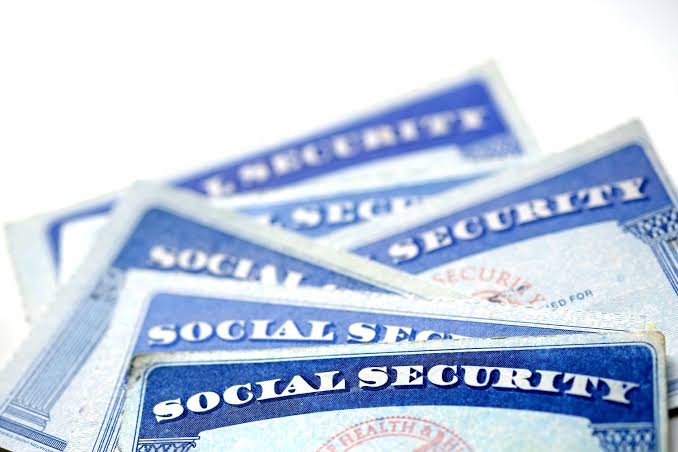There’s talk of more money coming your way in 2026 if you’re collecting Social Security—but don’t celebrate just yet. Early estimates suggest benefits could go up by 2.5% next year. That may sound like a win, especially after years of financial strain, but rising prices are quickly eating away at these increases—and that has many retirees asking: Will this raise actually make a difference?
The annual Cost-of-Living Adjustment, or COLA, is meant to help Social Security recipients keep up with inflation. But with the prices of groceries, rent, and medical care still climbing, a 2.5% bump may not stretch far enough for seniors already living on tight budgets.
What’s Causing the 2.5% Estimate?
Each fall, the Social Security Administration (SSA) announces how much benefits will increase the following January. The number is based on inflation data from the Consumer Price Index for Urban Wage Earners and Clerical Workers (CPI-W), specifically the average between July and September.
For 2026, experts at the Senior Citizens League, a nonpartisan group that monitors Social Security, predict a 2.5% increase. This would be less than the 3.2% COLA in 2024, and significantly lower than the historic 8.7% COLA in 2023, which followed a surge in inflation.
If this projection holds, it means an average Social Security recipient, who currently gets around $1,915 per month, would see an increase of about $48 monthly, or roughly $576 per year. It’s a modest boost—but in today’s economy, modest might not be enough.
Why This Raise May Not Feel Like One
The problem? The current COLA formula doesn’t fully reflect the real spending habits of older Americans. While it’s tied to general inflation trends, it doesn’t weigh critical categories like healthcare, prescription drugs, rent, or utilities—which typically rise faster than other consumer costs and hit retirees the hardest.
So even if checks go up, the value of those dollars might not go as far. Many seniors say that recent COLAs haven’t kept up with what they’re actually paying for basic needs. And with costs continuing to climb, a small raise can feel more like treading water than gaining ground.

What Happens Next?
The official COLA for 2026 will be announced in October 2025, after third-quarter inflation numbers are finalized. Until then, the 2.5% figure is just a projection—but one based on current economic trends.
If inflation unexpectedly jumps this summer, the final COLA could rise as well. But if prices hold steady or drop, the increase may shrink. Either way, any adjustment will begin showing up in January 2026 checks.
What You Can Do Now
-
Stay informed: Watch inflation trends and follow reliable updates from the SSA and organizations like the Senior Citizens League.
-
Review your budget: Factor in the possibility of only a modest increase next year, especially if you’re planning for large expenses.
-
Explore benefits: Look into state and local programs that offer extra help for seniors, including housing assistance, utility discounts, and food benefits.
Final Word
Yes, a Social Security raise is likely coming in 2026—but whether it actually helps you get ahead depends on what happens with inflation and the rising costs of everyday living. For millions of Americans on fixed incomes, a 2.5% COLA may barely move the needle.
That’s why it’s more important than ever to stay ahead of these updates. At Benefit Buzz USA, we’ll continue to monitor developments and break down what every change means for your bottom line. Stay with us for the news that impacts your wallet the most.



